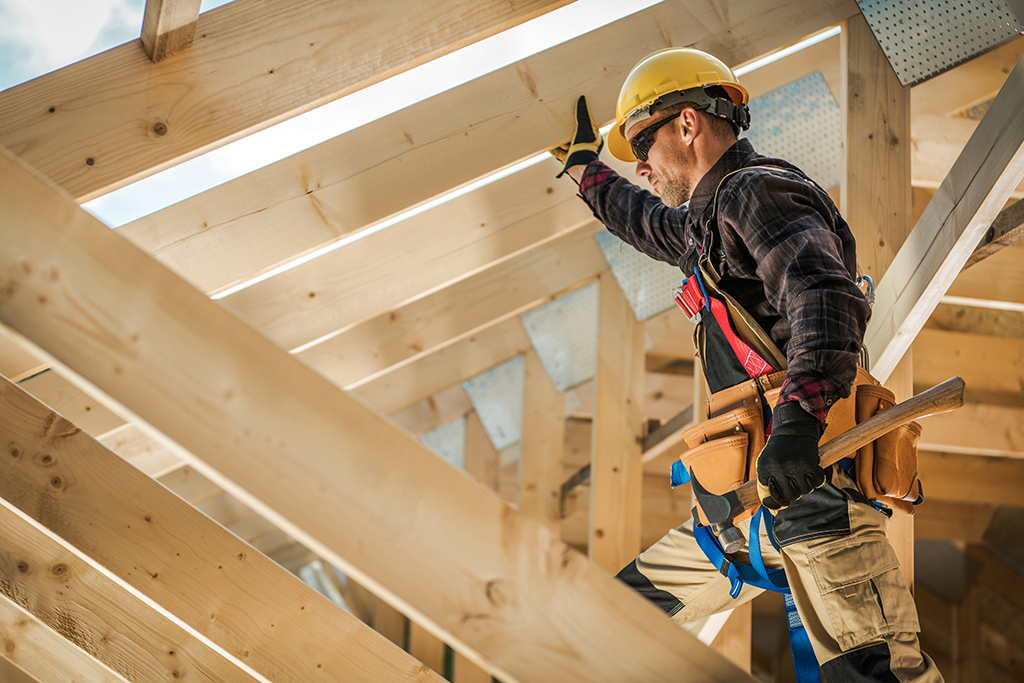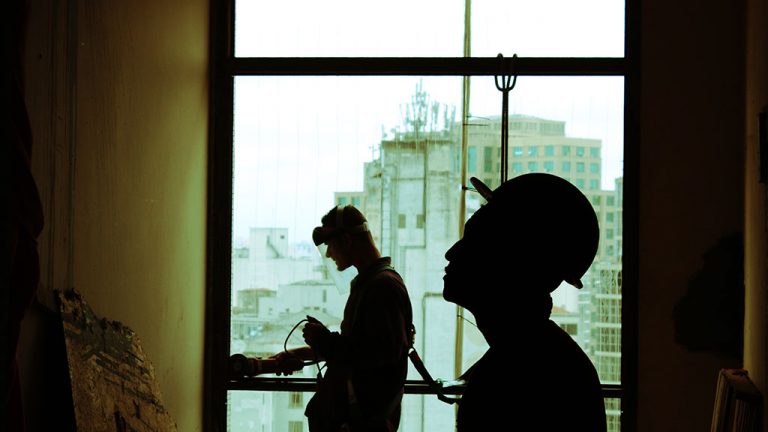With the Building Trades of Alberta (BTA) leading the way, the construction trades and their allies are redoubling their efforts to address mental health problems in the industry.
On a national level, ¤Öêü°å¿üë½ãs Building Trades Unions has initiated a worker survey with 35 questions aimed at boosting the CBTUãs understanding of how construction work impacts mental health both at home and on the jobsite. It also seeks to understand how members feel their union is supporting their mental health.ô The survey will wrap up April 18 with preliminary results to be presented at an upcoming CBTU conference.
Meanwhile in Alberta, on April 4 BTA chair Ian Robb offered an overview of the councilãs Building Resiliency program to an audience of over 1,000 at the in Calgary, buoyed by news the Government of Alberta has offered significant new funding. The program, which espouses the holistic, destigmatizing recovery model, as opposed to the harm reduction model, and features peer support treatment supported by both employers and workers, is fast gaining supporters beyond Alberta, he said.
Support has ãrocketedã
Robb, who is the program co-ordinator for the two-year-old program and was a key contributor to its development, said addictions ministers from several provincial governments expressed enthusiasm for the program during the conference.
The head of a major airline and its union leader also said they are interested in adapting it for 10,000 flight attendants.ô
The program was supported early on with data collection from Telus Health, and ãitãs just rocketed since then,ã said Robb. The at Queenãs University in Ontario also got involved, devising a 35-hour training module for the programãs peer support counsellors.
The Alberta governmentãs initial round of funding for the program was scheduled to expire at the end of March, Robb said.
ãBut prior to that, a few months before, we got a call from the government,ã he recounted. ãThey were excited with some of the things that were happening because it was blowing up. They actually extended our funding another year…a million dollars into this program for over three years.
ãThat’s a big deal for us.ã
Key elements of the program include:
- raising awareness about the importance of mental health, wellness, resiliency and recovery-informed workplaces through customized learning modules;
- working with contractors to establish a peer support program;
- providing training and certification for identified peer supports on major worksites;
- providing specialized training to contractors and owners on recovery-informed workplaces; and
- providing anonymous, self-guided and interactive digital services to reduce drug and alcohol use.
Peer mental health champions at workplaces help with early detection of problems and encourage a work environment that is safer for workers to speak up, Robb said. Recovery coaches are the next level of support.
ãThe peer support worker will see the worker struggling or they come up to disclose theyãre having some tough times, and you can get into what the problem is,ã said Robb. ãYouãre not there to cure it, you’re just there to manage it.ã
Robb said each step of the program is documented with data collected to inform future policy steps. He said he looks forward to examining the data that would come from the national CBTU survey.
Variances between trades, provinces examined
The survey is being overseen by Lindsay Amundsen, the CBTUãs director of workforce development. Itãs part of an overall review of the various regional programs and the latest research.
ãWe just need to figure out what’s the impact of mental health on our members and gain a deeper understanding even between the trades and provinces, what are those variances and take note of the gaps and programs that are already existing,ã said Amundsen.
Depression and suicide are well documented as significant concerns among construction workers. The U.S.-based has found the suicide rate among construction workers is four times greater than the national average.
Amundsen said the CBTU wants fresh new national Canadian data specific to the building trades.
ãAlso doing a deeper dive into what people are experiencing on a daily basis, and their working lives and their personal lives, a snapshot,ã she said.







Recent Comments
comments for this post are closed